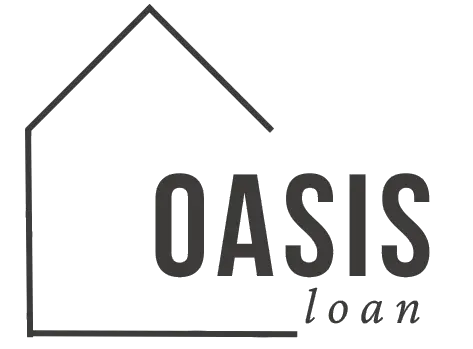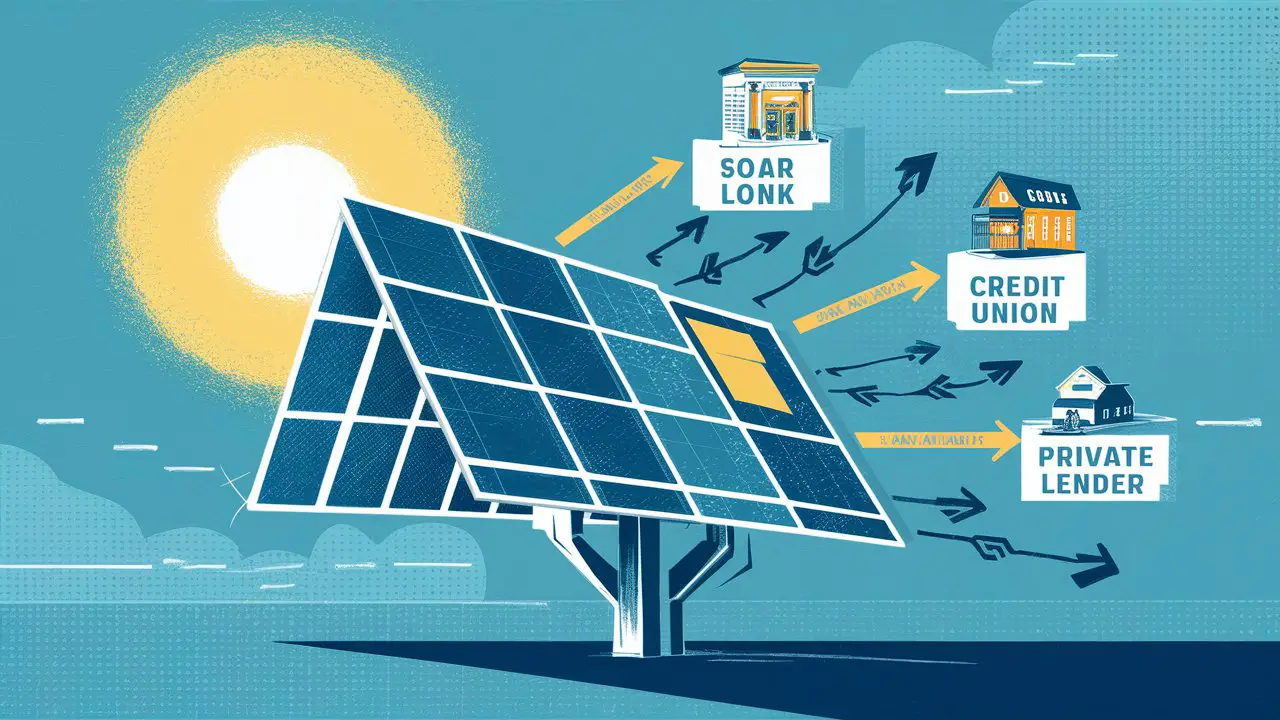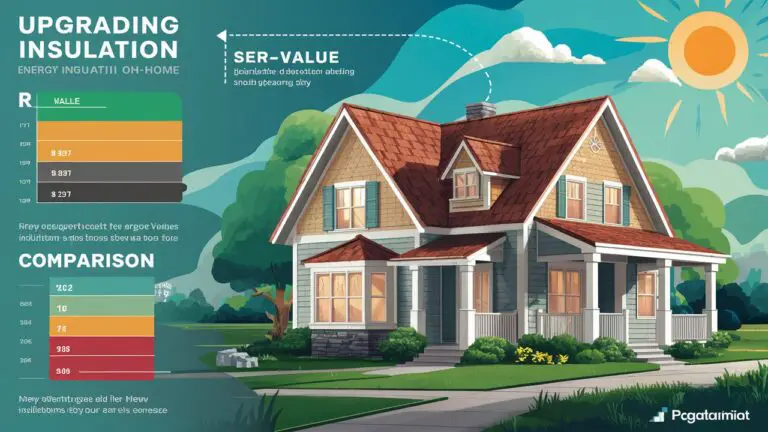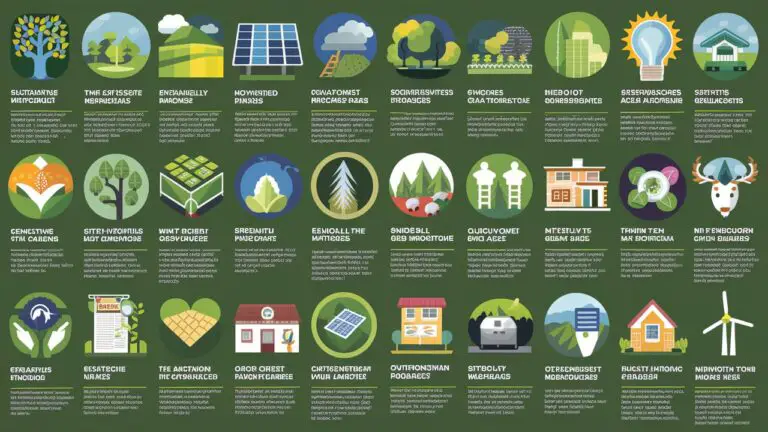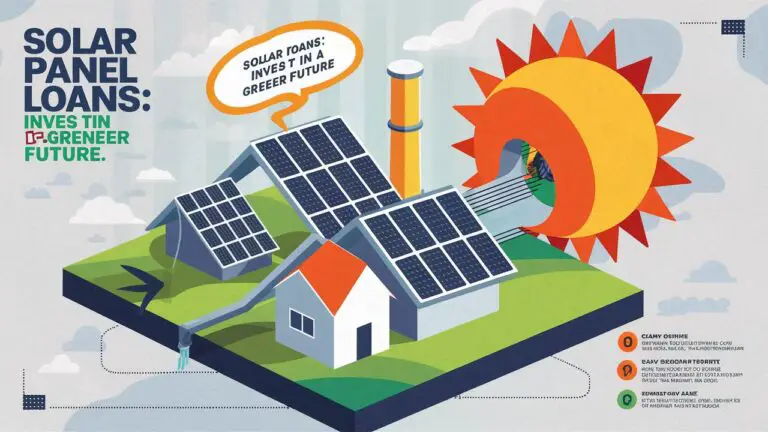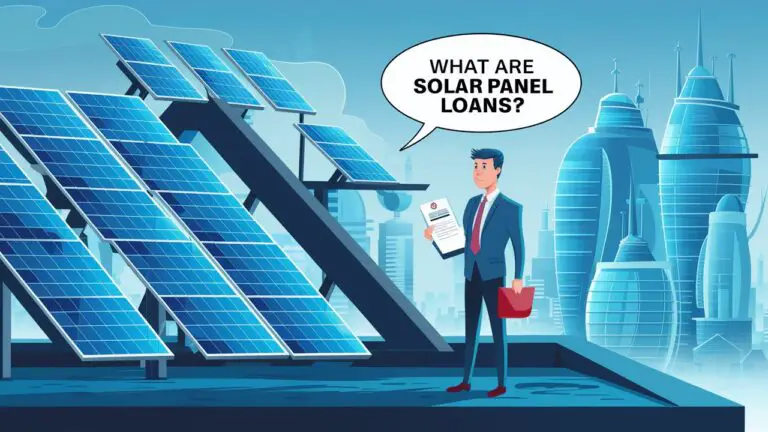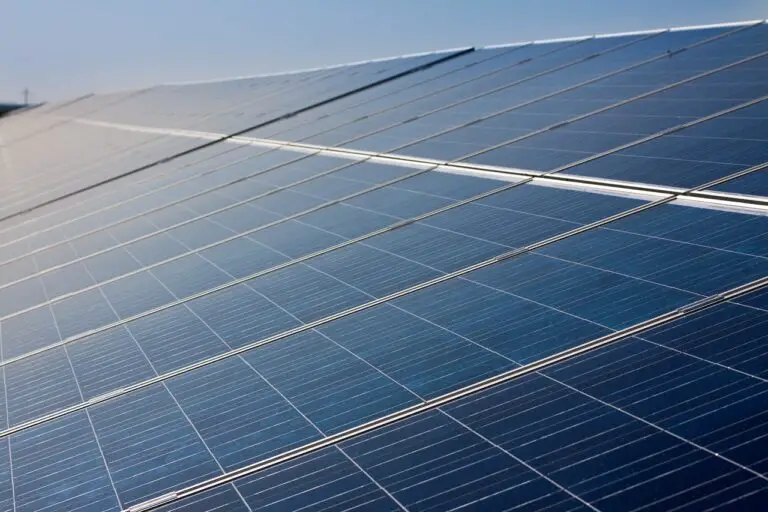Comparing Solar Panel Loan Options: Fixed vs. Variable Rates
When considering loans for solar panels, one crucial decision involves choosing between fixed and variable interest rates. Both options have their pros and cons, and understanding these can help you make a more informed decision for your green home improvement loan. This article delves into the key differences between fixed and variable rates, exploring their benefits and drawbacks.
Understanding Fixed-Rate Loans for Solar Panels
Stability and Predictability
Fixed-rate loans for solar panels offer consistent monthly payments throughout the loan term. This predictability allows homeowners to budget effectively without worrying about fluctuating payments. For instance, if you secure a loan with a 5% interest rate, that rate remains constant regardless of market changes.
Pros:
- Consistent Payments: Fixed rates ensure that your monthly payments stay the same.
- Easier Budgeting: With no surprises in interest rate changes, budgeting becomes simpler.
- Long-Term Planning: Knowing your payment amount aids in long-term financial planning.
However, fixed-rate loans might come with slightly higher initial interest rates compared to variable-rate loans. You can review more about fixed-rate loans on NerdWallet.
Long-Term Benefits
Choosing a fixed-rate loan provides security against interest rate increases. Even if market rates rise, your rate remains unchanged. This benefit is particularly valuable in periods of economic uncertainty.
Pros:
- Protection Against Rate Increases: Your rate won’t rise with market fluctuations.
- Stable Cost Over Time: The total cost of the loan is predictable.
Nevertheless, if interest rates decline, you may miss out on lower rates that could have reduced your overall loan costs.
Exploring Variable-Rate Loans for Solar Panels
Potential for Lower Initial Rates
Variable-rate loans often come with lower initial interest rates compared to fixed-rate loans. This feature can make them an attractive option for those looking to save money upfront. Typically, these loans are tied to a benchmark interest rate, which fluctuates over time.
Pros:
- Lower Initial Rates: Initial rates are often lower than those of fixed-rate loans.
- Potential Savings: If interest rates stay low, you could save on interest payments.
However, variable rates can increase over time, potentially leading to higher payments. For more information on variable-rate loans, visit Investopedia.
Flexibility and Adjustment
Variable-rate loans offer the advantage of adjusting payments according to the current interest rate environment. This flexibility can be beneficial if you anticipate that rates will decrease or remain stable.
Pros:
- Adjustable Payments: Payments can decrease if interest rates fall.
- Flexibility: Greater adaptability to changing economic conditions.
Nevertheless, if interest rates rise, your payments will increase, which could affect your financial stability.
Comparing Fixed and Variable Rates for Solar Panel Loans
Interest Rate Trends
The choice between fixed and variable rates often depends on current interest rate trends and economic forecasts. If rates are historically low and expected to rise, a fixed-rate loan might be advantageous. Conversely, if rates are high and expected to fall, a variable-rate loan could be more cost-effective.
Considerations:
- Economic Forecasts: Review interest rate predictions from reliable sources.
- Historical Data: Analyze historical interest rate trends to inform your decision.
For up-to-date interest rate trends, check resources like The Federal Reserve or MarketWatch.
Loan Term and Repayment
The loan term significantly impacts whether a fixed or variable rate is more beneficial. For longer terms, fixed rates provide stability. For shorter terms, variable rates might offer better initial savings.
Factors to Evaluate:
- Loan Duration: Longer terms favor fixed rates for stability.
- Repayment Plan: Shorter terms may benefit from variable rates.
Making the Right Choice for Your Green Home Improvement Loan
Assess Your Financial Situation
Before deciding between fixed and variable rates, assess your financial situation. Consider your ability to handle potential payment increases with variable rates versus the security of fixed payments. Analyze your long-term financial goals and risk tolerance.
Steps to Take:
- Budget Analysis: Review your monthly budget and financial goals.
- Risk Assessment: Determine your comfort level with potential payment fluctuations.
Consult Financial Experts
For personalized advice, consult financial experts or loan advisors. They can provide insights tailored to your specific situation and help you choose the best option for your solar panel loan.
Sources for Professional Advice:
- Financial Advisors: Seek advice from certified financial planners.
- Loan Specialists: Consult with specialists in green home improvement loans.
Conclusion
Choosing between fixed and variable rates for solar panel loans depends on your financial goals, risk tolerance, and current interest rate trends. Fixed-rate loans offer stability and predictability, while variable-rate loans provide potential savings but with greater risk. By evaluating your personal situation and consulting with experts, you can make an informed decision that supports your green home improvement goals.
For additional information, visit NerdWallet, Investopedia, and MarketWatch.
